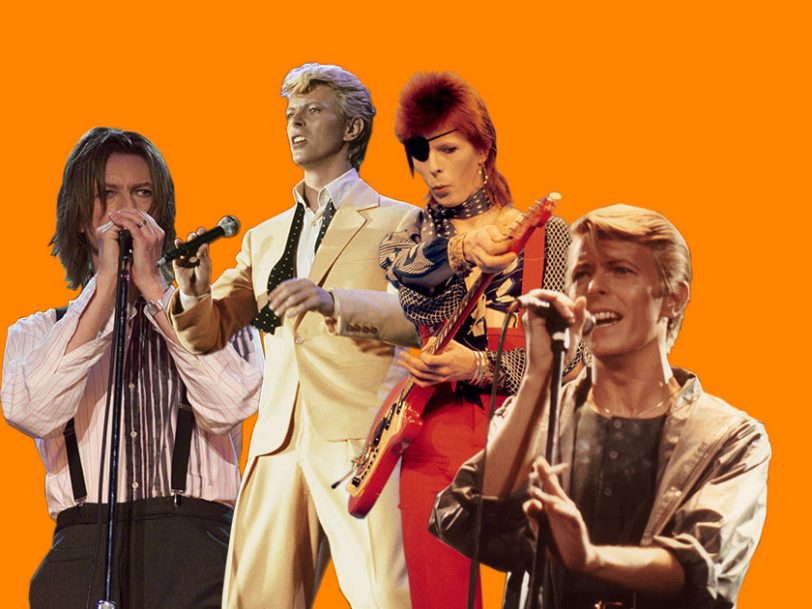Across a career that spanned five-and-a-half decades and 25 studio albums, David Bowie not only proved that musicians didn’t have to limit themselves to playing one style of music, he kicked the door down for artists seeking to reinvent their entire persona whenever they pleased. Paving the way for everyone from Prince to Lady Gaga, punk to new wave and beyond, the best David Bowie songs changed the face of rock music forever while remaining the inimitable work of one man’s unique vision.
That vision knew no bounds, making our list of the 50 best David Bowie songs a true exploration of rock and pop music in all its guises.
Listen to the best of David Bowie here, and check out our best David Bowie songs, below.
50: Loving The Alien (from ‘Tonight’, 1984)
The opening track from his 1984 album, Tonight, Loving The Alien smuggled into the charts a scathing observation on organised religion at a time when Bowie was ostensibly making efforts to appeal to a mainstream audience. Referencing holy wars and crucifixions, and questioning the effectiveness of prayer, the lyrics to Loving The Alien were as confrontational as any among the best David Bowie songs, though the music, with chiming guitar and soothing percussion melodies, plus a soaring vocal leap from Bowie, made them palatable to even the most sensitive ears, helping the single edit go Top 20 in the UK.




